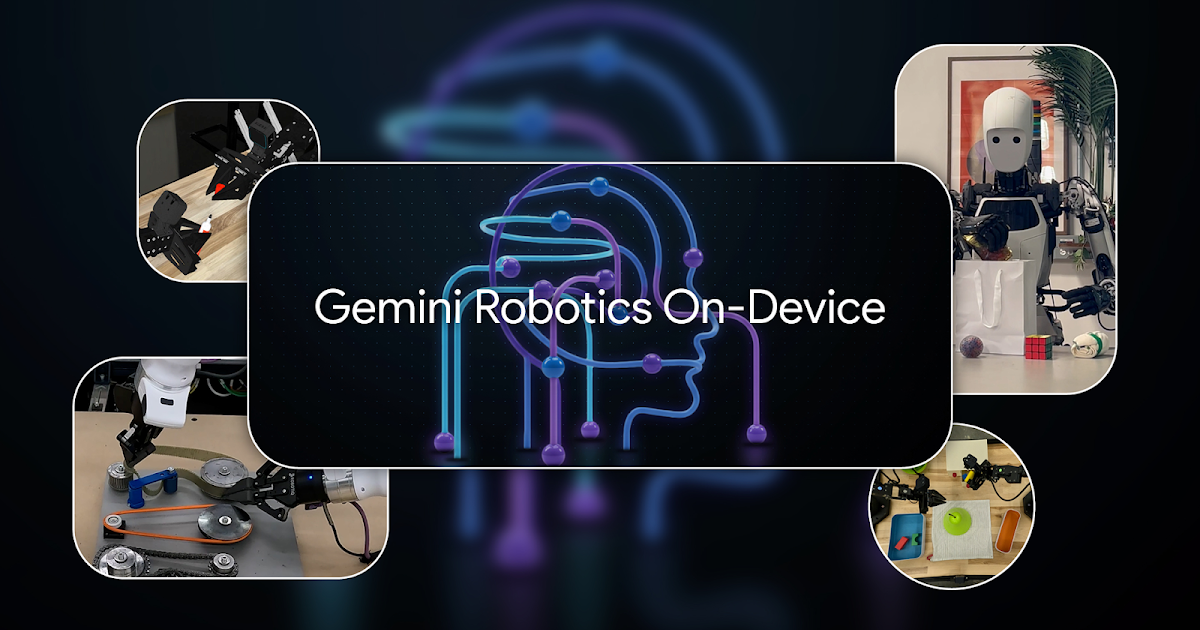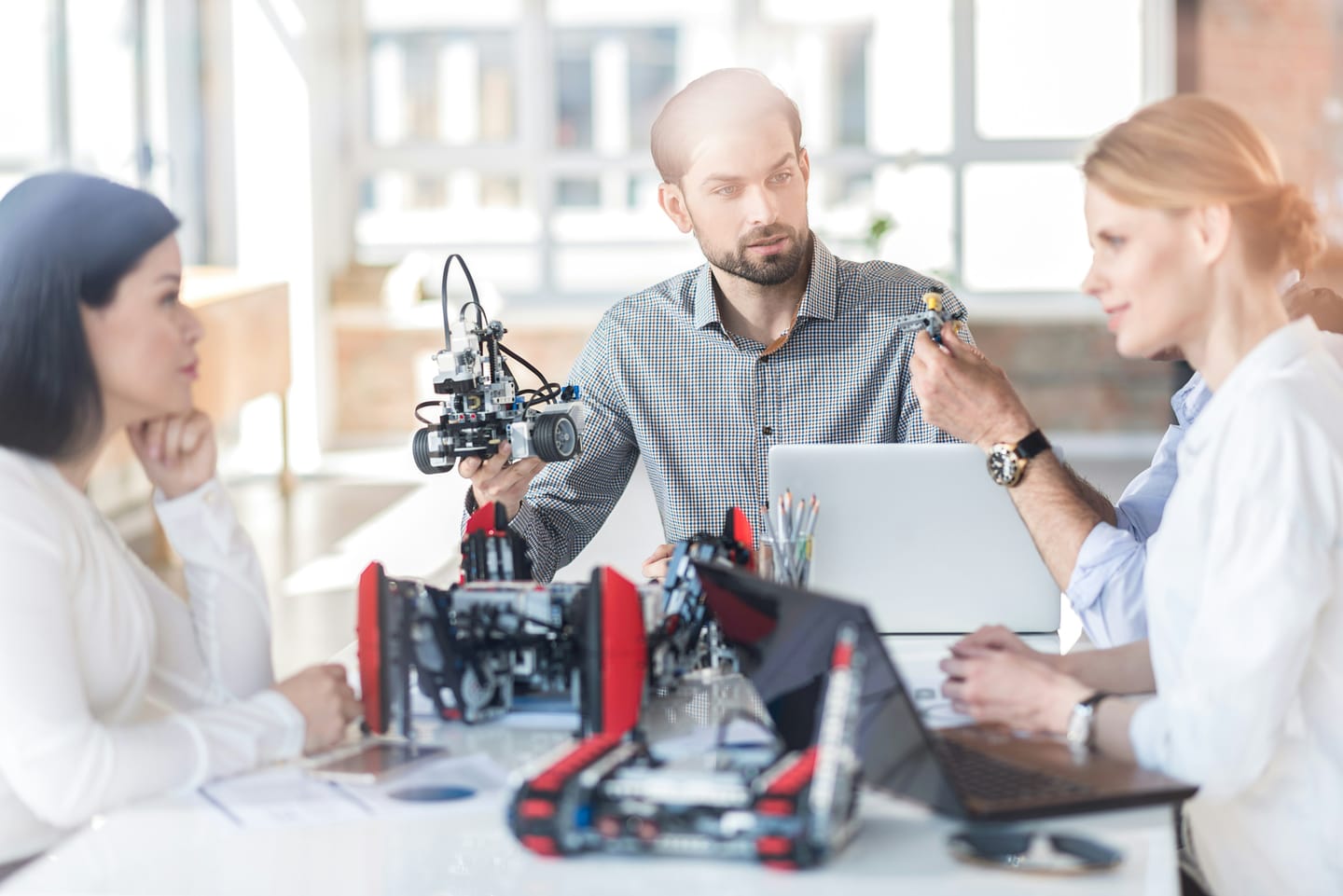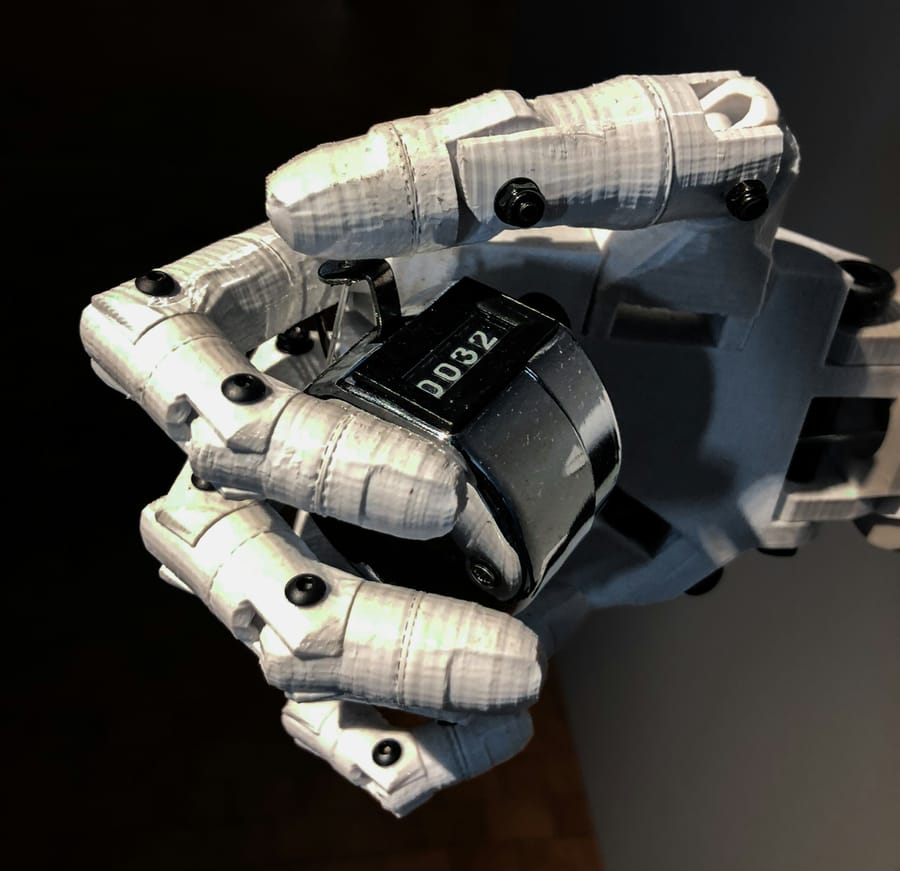Google DeepMind unveiled a new artificial intelligence model called Gemini Robotics On-Device on June 24, 2025, designed to execute tasks locally on robots without an internet connection. This vision language action (VLA) model builds on the company's previous cloud-based Gemini Robotics released in March, but has been specifically optimised to run directly on robotic devices, enabling operation in environments with intermittent or zero internet connectivity and for applications requiring quick response times to commands.
In demonstrations, Google showed robots running this local model performing complex tasks such as unzipping bags, opening containers, folding clothes, and performing industrial belt assembly. The company claims the model performs close to the cloud-based Gemini Robotics model and outperforms other on-device alternatives in general benchmarks. While the VLA model was trained only for ALOHA robots, Google could adapt it to a bi-arm Franka FR3 robot and the Apollo humanoid robot by Apptronik. Notably, the Franka robot could tackle scenarios and objects it hadn't "seen" before, highlighting the model's generalisability across different embodiments.
Google is also making the Gemini Robotics SDK (software development kit) available through its trusted tester programme to help developers evaluate the Gemini Robotics On-Device model in their own environments. Developers can test the model in Google's MuJoCo physics simulator and adapt it to new domains with as few as 50 to 100 demonstrations. The ability to run locally is particularly valuable for robotics applications that require fast response times or operate in environments where internet connectivity is unreliable or unavailable, potentially opening new possibilities in the field of robotics by eliminating dependency on cloud-based AI solutions.
Sources:
1.
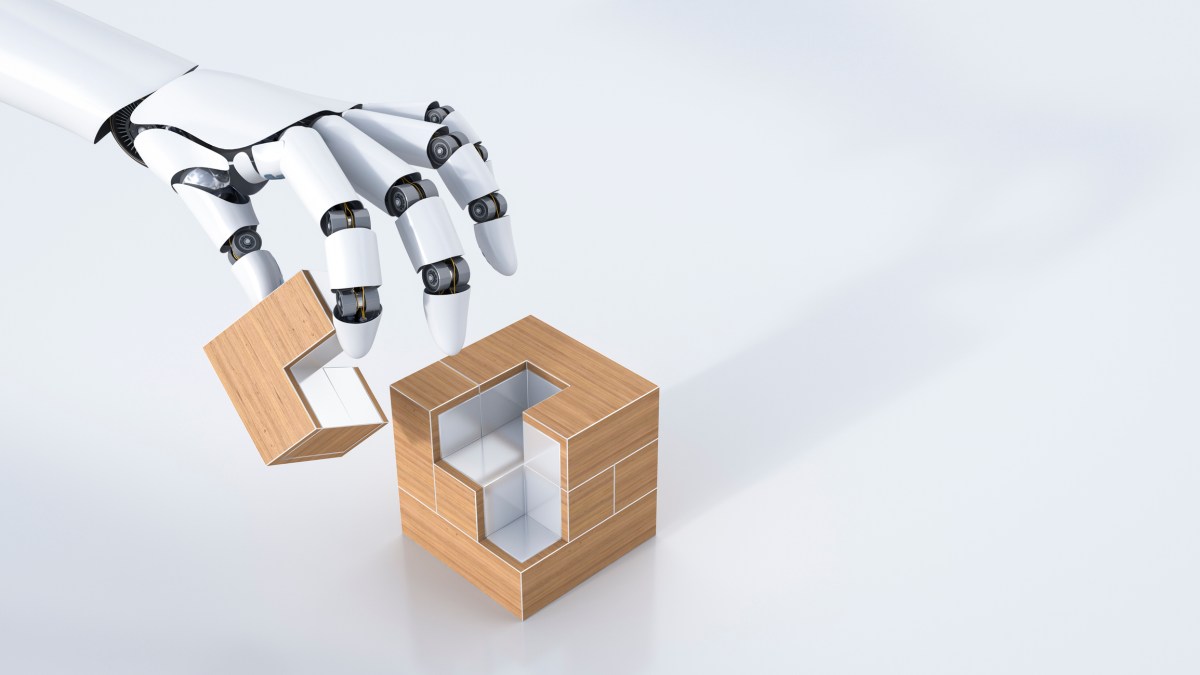
2.
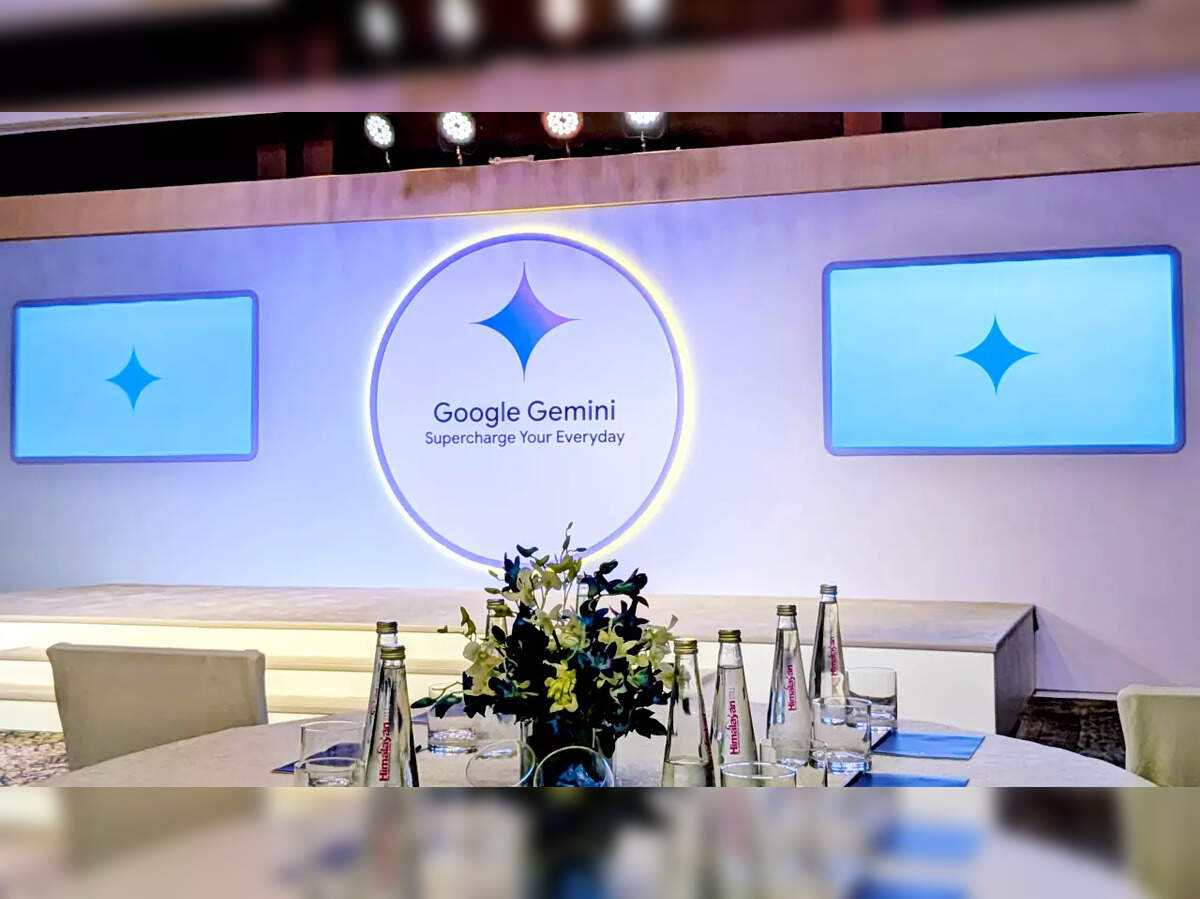
3.
